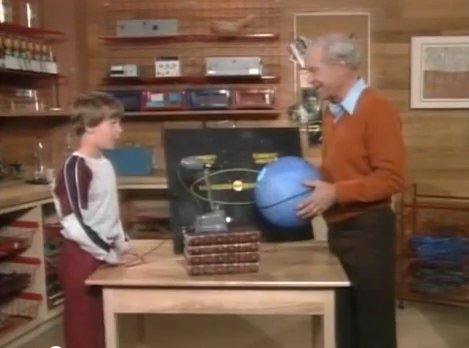It may look and move like a jellyfish, but it isn’t. Instead, it happens to be an artificial tentacled creature composing of silicon and rat cells. The creature, known as the “Medusoid” due to its Medusa like appearance, was created by some obviously fun loving scientists at Caltech and Harvard.
The Medusoid is able to simulate a swimming movement by using rat heart muscle cells grafted onto a silicon frame. The cells were allowed to grow into a pattern similar to a real Jellyfish. The creature moves when a current is applied to the enclosing conducting liquid.
The project’s goal was to study advance tissue engineering, and how it could be applied to new structures. According to project colleague Prof John Dabiri,
I’m pleasantly surprised at how close we are getting to matching the natural biological performance, but also that we’re seeing ways in which we can probably improve on that natural performance. The process of evolution missed a lot of good solutions.
Now, if only we could be sure that such power will be used for good instead of evil tentacled giant rat heart powered killing machines. But even though it sounds creepy, the idea of tissue engineering applied to physical goals is an amazing concept. Just imagine all of the interesting creatures just around the bend…
via neatorama
Cardiac Muscle
Cardiac muscle is adapted to be highly resistant to fatigue: it has a large number of mitochondria, enabling continuous aerobic respiration via oxidative phosphorylation, numerous myoglobins (oxygen-storing pigment) and a good blood supply, which provides nutrients and oxygen.
source:wikipedia




